The Life and Legacy of Vietnam’s Sacred Giant Turtle
Hanoi’s Hoàn Kiếm Lake was once home to both legendary and real chelonians.
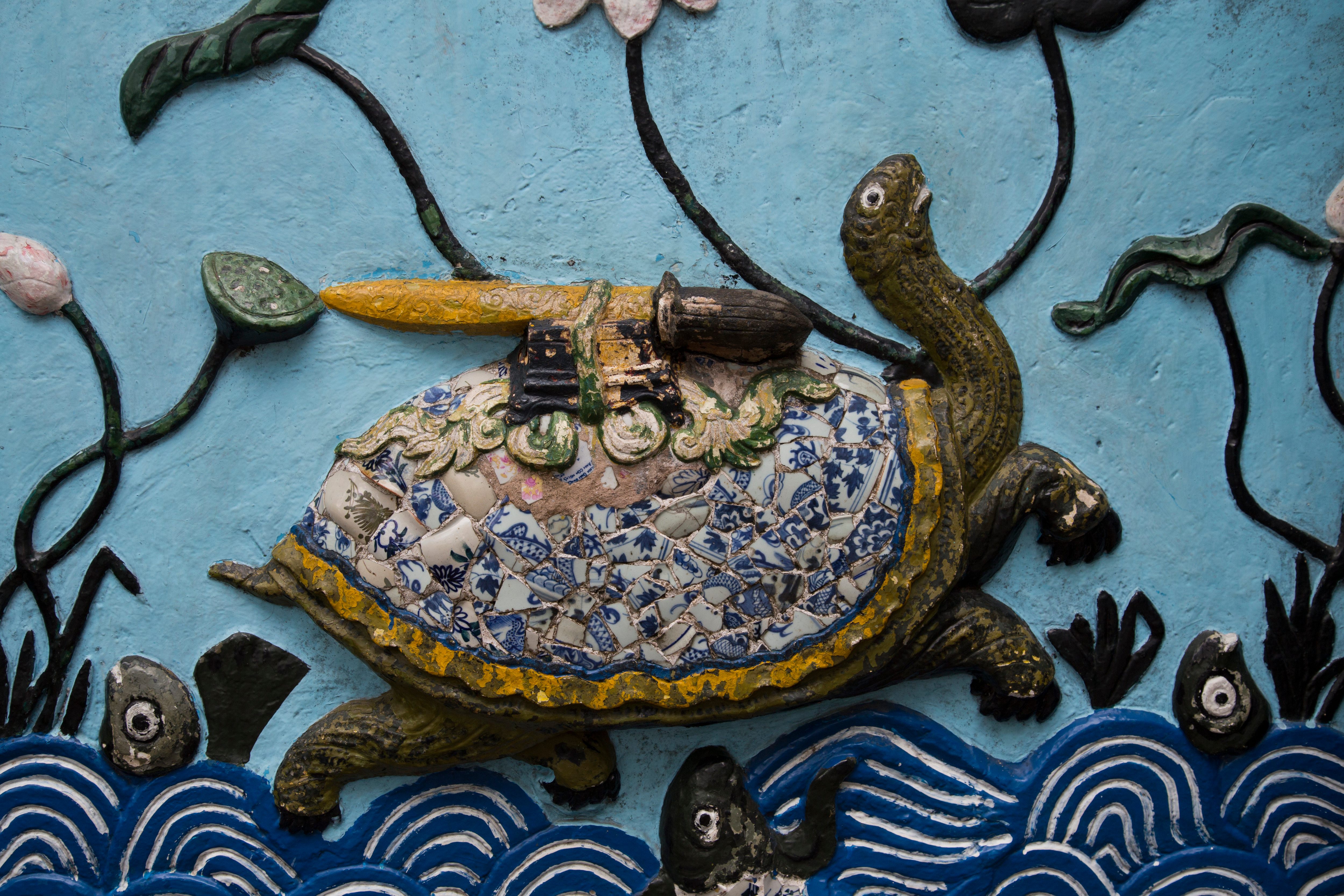
There is a legend that Vietnamese children learn in school about one of their country’s most revered heroes, a magic sword, and a giant turtle. As the tale goes, a 15th-century landowner known as Lê Lợi gained strength from a heaven-sent blade and drove out the occupying Ming army. Crowned emperor, he later went boating on a lake in present-day Hanoi—but his leisurely trip was interrupted by a large, golden turtle that emerged from the water to retrieve the weapon.
Lê Lợi renamed the lake, today a famous Hanoi landmark, “Hồ Hoàn Kiếm,” or “Lake of the Returned Sword.” The blade was never seen again. But the sacred chelonian, today known as the Hoàn Kiếm turtle or the Golden Turtle, has maintained a curious, high-profile presence in Vietnam.
A symbol of the country’s independence and longevity—even seen as a deity that has protected its capital—the turtle is immortalized in art and architecture around Hanoi. Tháp Rùa, or Tortoise Tower, is a late-19th-century building that sits on an islet on Hoàn Kiếm Lake. Nearby is Ngọc Sơn Temple, featuring a magnificent entrance with a relief of the Hoàn Kiếm turtle swimming away, sword on its back.
But the Hoàn Kiếm turtle also has a status as a kind of Vietnamese Loch Ness monster, a centuries-old cryptid that has captured imaginations and sent the city into a frenzy from time to time.

Many Vietnamese believe the urban myth is kept alive to delight tourists. But anecdotal accounts of giant turtle sightings increased over the past few decades, according to the biologist Matthew P. Bettelheim. “Some who saw it said it was a monstrous turtle—some even said it was the Golden Turtle itself,” he writes in a 2012 article in the peer-reviewed scientific journal Bibliotheca Herpetologica. For those in the latter camp, any sight of it was a sign of good luck.
As it happens, enormous turtles have really lived in Hoàn Kiếm Lake. Some have even been studied. In 1967, a 550-pound, near-seven-foot-long male climbed to shore and died; it was preserved and placed in a glass box in Ngọc Sơn Temple, along with a plaque noting that it is more than 500 years old—suggesting that it could be the Golden Turtle. Another giant was captured on camera for the first time in 1998. The fuzzy footage, aired on television, set the capital “abuzz,” as one headline reads.
In 2000, believing the turtles in the lake could be a new species, the biologist Hà Đình Đức, a professor at Hanoi National University, named it Rafetus leloii to honor the famous legend. But three years later, a pair of scientists provided evidence that the creatures in the lake were actually Yangtze giant softshell turtles, a species first described by the British zoologist John Edward Gray in 1873 (“the lines on the back have some resemblance to Chinese printing,” he wrote). Today, the species is known as Rafetus swinhoei—the world’s rarest freshwater turtle.

Far from golden, these specimens are olive green, with yellow-speckled faces and hog-like snouts. Once found throughout the Red River Delta and in rivers in southern China and northern Vietnam, only four are currently known to exist, due to habitat loss and hunting for consumption. Two have been recorded in the wild on the outskirts of Hanoi, and a male and female live in China’s Suzhou Zoo, where mating efforts have so far been unsuccessful.
Unfortunately, the fortuitous sightings at Hoàn Kiếm Lake ended on January 19, 2016, when the last turtle resident died. This one, known as Cụ Rùa, or Great-Grandfather Turtle, was the most famous of its kind and, for most of its life, rather elusive.
“A lot of people didn’t believe it was really there,” says Timothy McCormack, director of the Asian Turtle Program, a Hanoi-based conservation organization. “They thought it was a legend. It’s quite secretive. It would spend a lot of time under the water, making it not all that easy to find.”
By 2011, though, its existence was undeniable. At the end of December 2010, Cụ Rùa surfaced, drawing a crowd of excited locals and tourists who saw it as an indication of a lucky new year to come. But then it appeared multiple times in subsequent months, its skin mottled with ghastly lesions and other injuries from fishing hooks and invasive species. Concern for its health increased. After all, Cụ Rùa was living in a toxic, 12-hectare body of water—a central hub and all-too-convenient dumping site of a fast-growing city. Was Cụ Rùa trying to escape?
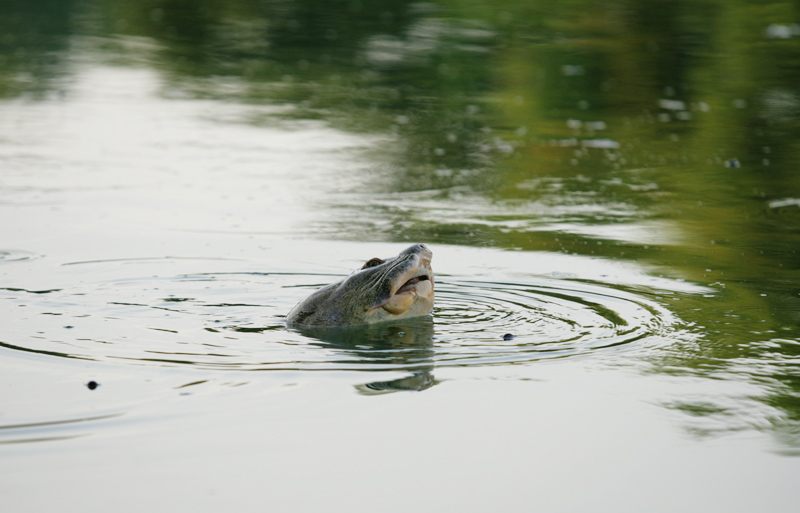
It seemed that way by March 2011, when its head poked out of the muddy water on a daily basis (on one occasion, it even allegedly ate a cat in front of an astonished audience). City authorities decided to capture Cụ Rùa and build it a special hospital—basically, a filtered, fenced-off section of the lake—near Turtle Tower.
After a number of failed attempts watched by massive crowds, a team of 50 or so men successfully netted the 440-pound creature in early April for treatment, keeping it in the sequestered area. As Cụ Rùa’s health gradually improved, the city was forced to face the filthy waters that led to this mess. Sanitation crews worked to clean up the lake, and 60,000 fish were introduced into the water for Cụ Rùa to eat.
The turtle was released in July 2011, but its environment, it seems, was far too toxic for it to survive long. In January 2015 alone, it had surfaced at least six times, provoking worry that it was stressed or ill.
A year later, Cụ Rùa’s body was seen floating in the middle of the lake. It was believed to be over 100 years old.
Its death was a deeply tragic environmental and cultural loss. “People were concerned that it would have a negative impact on Vietnam,” says McCormack. “I’m always amazed at how it’s considered so culturally significant. An animal that brings fortune on the country—it’s quite unique really.”
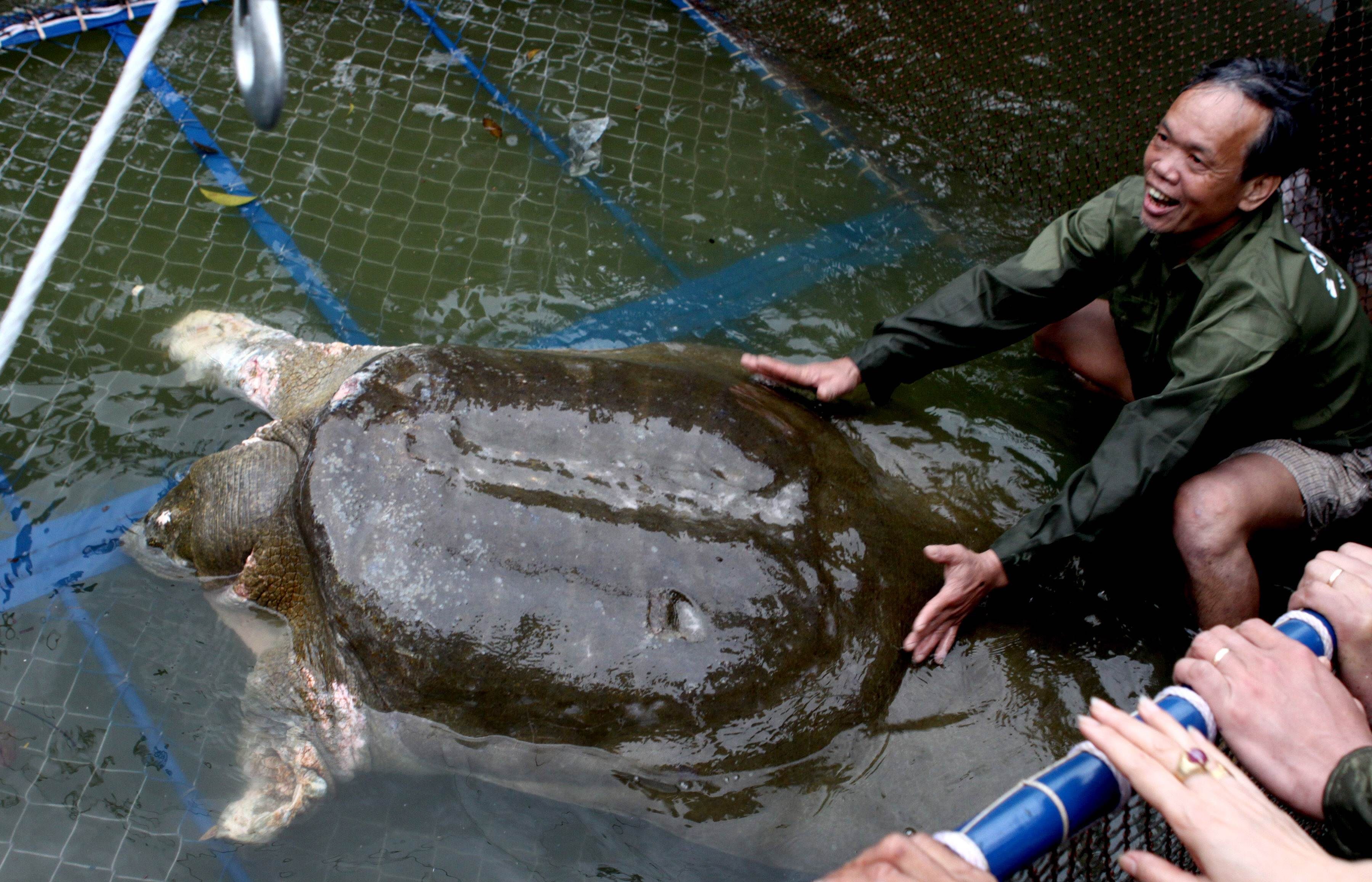
They may not be tied to a beloved legend, but other Rafetus swinhoei might be swimming in Vietnam’s waters. McCormack and his team have been conducting field surveys throughout much of northern Vietnam to identify potential sites where the species might survive. They also focus on safeguarding the other two known Yangtze softshells in the country.
One, identified in 2007, resides in Đồng Mỏ Lake. The second, in Xuan Khanh Lake, was confirmed only in April 2018, when scientists matched environmental DNA collected from its water with known samples of Rafetus swinhoei. Both bodies of water are commercial fishing sites, which pose threats to the creatures, as do floods, which can wash them towards danger. The Asian Turtle Program’s goal is to establish these lakes as protected habitats.
All the organization’s efforts rely on government support. One ongoing discussion with Vietnam’s Directorate of Fisheries is how to catch and bring the two wild turtles together for breeding. Depending on their sexes, scientists could turn to artificial insemination, as the Suzhou Zoo attempted. There’s even the possibility of mating a turtle from Vietnam with one from China, although such a high-profile exchange would face many bureaucratic hurdles.

And as for the fate of Cụ Rùa? After it died, its body was sent to Hanoi’s Museum of Nature, where German specialists were brought in to preserve it using plastination. Cụ Rùa is now in a box while museum officials decide where its body will reside, but according to Marco Fischer, a zoology preparator with the Museum of Natural History in Erfurt, one option is to present it at Ngọc Sơn Temple.
Great-Grandfather’s presence has certainly been missed in the capital. The legend of the Hoàn Kiếm turtle is so enduring that some Hanoians have suggested that authorities move one of the Vietnamese softshells to the city lake to keep the story alive, says McCormack. But although the polluted lake was dredged once more at the end of 2017, the risk of introducing a turtle into those waters anytime soon is still too high.
“There is potential that animals go back into Hoàn Kiếm, but the environment would have to go through further cleaning,” McCormack says. “Although ultimately, that would be a nice end to the story.”
For now, he holds hope that the species can one day have a self-sustaining population elsewhere, in a sanctuary safe from fishing hooks, soup pots, and other human threats.


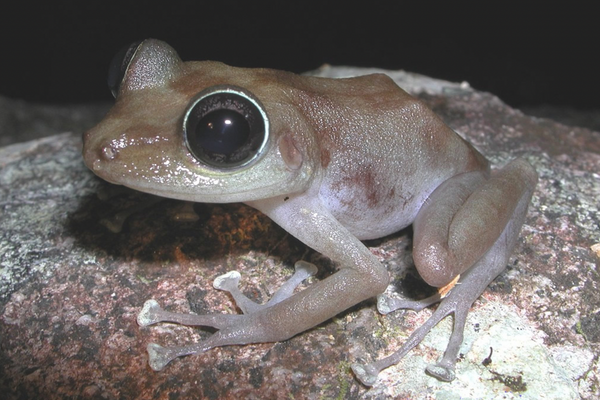
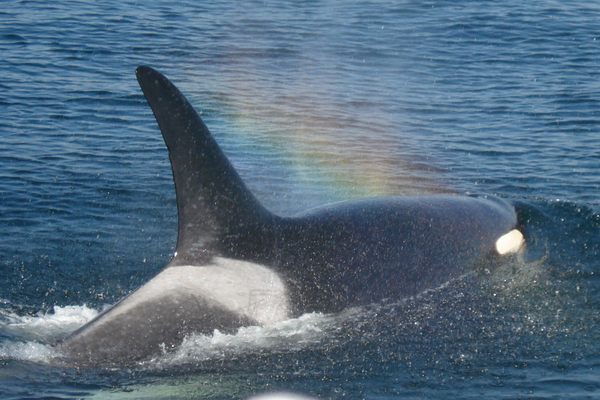

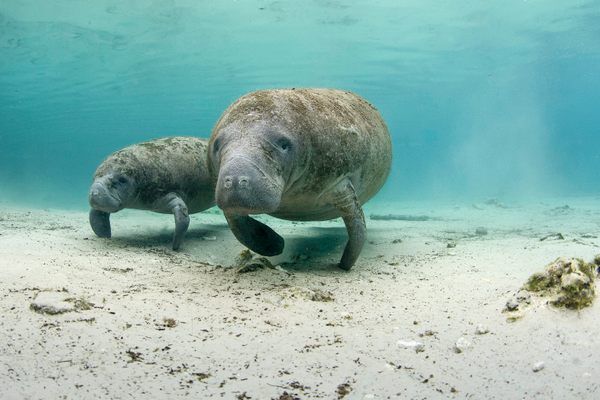












Follow us on Twitter to get the latest on the world's hidden wonders.
Like us on Facebook to get the latest on the world's hidden wonders.
Follow us on Twitter Like us on Facebook